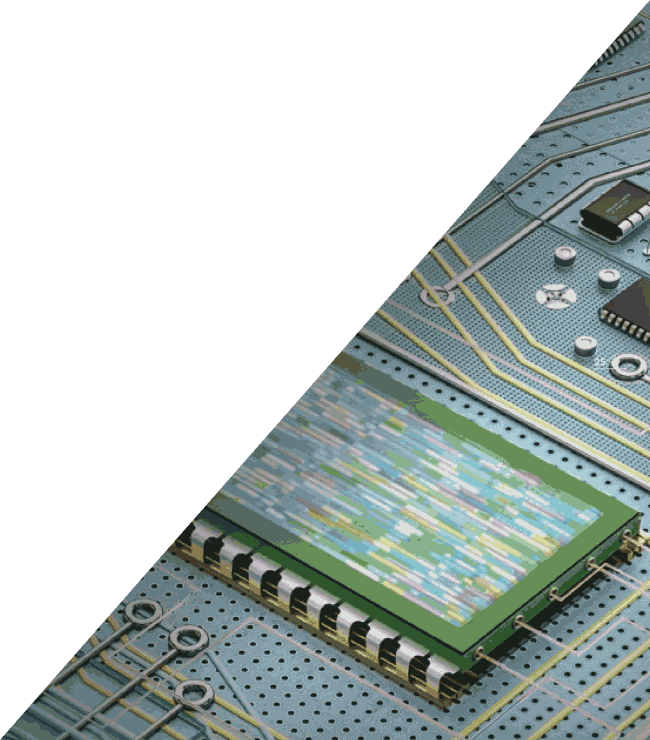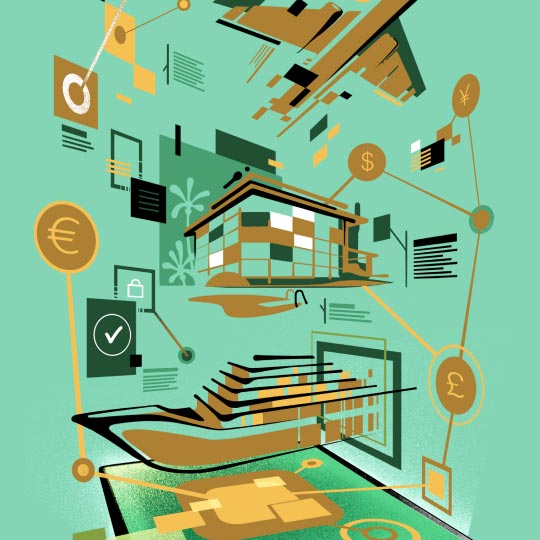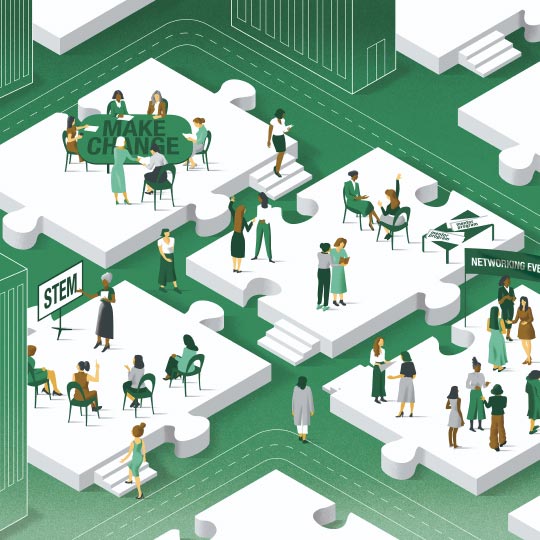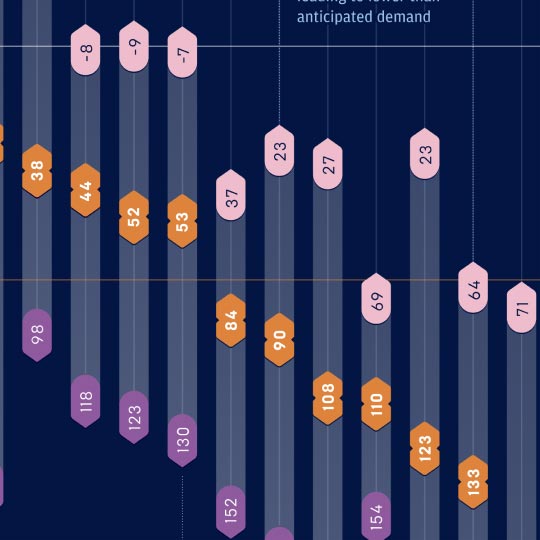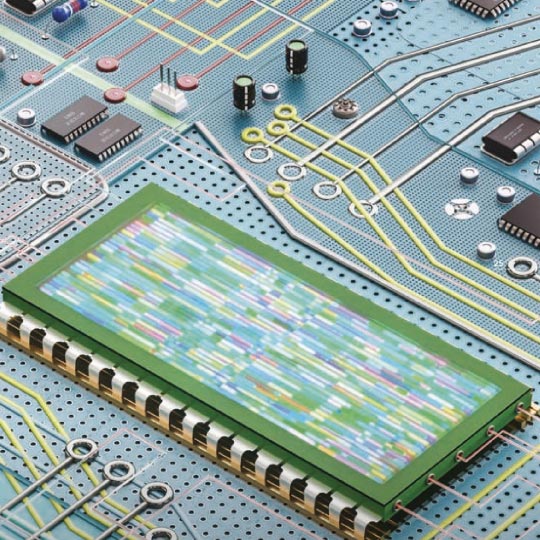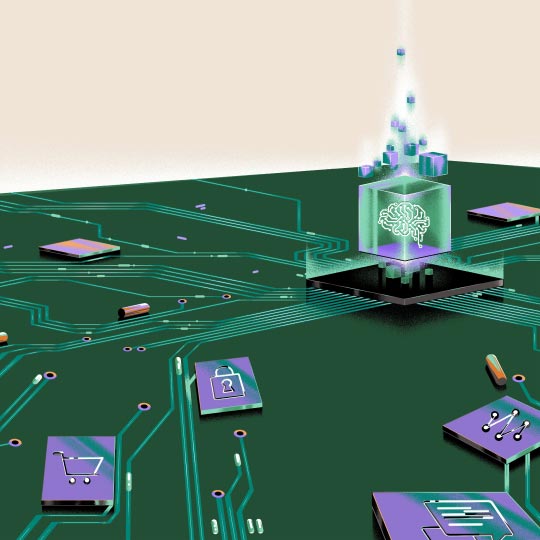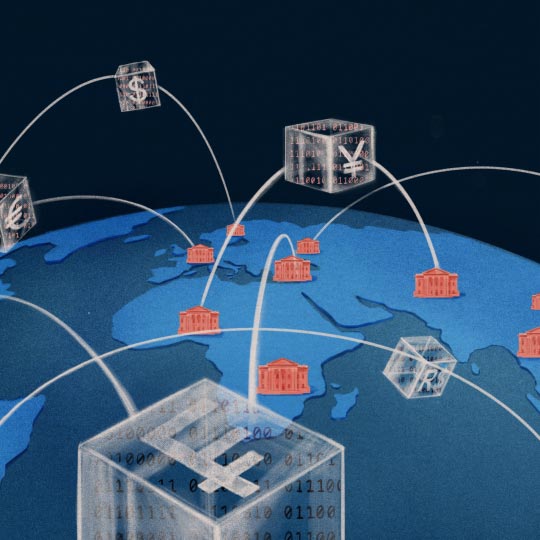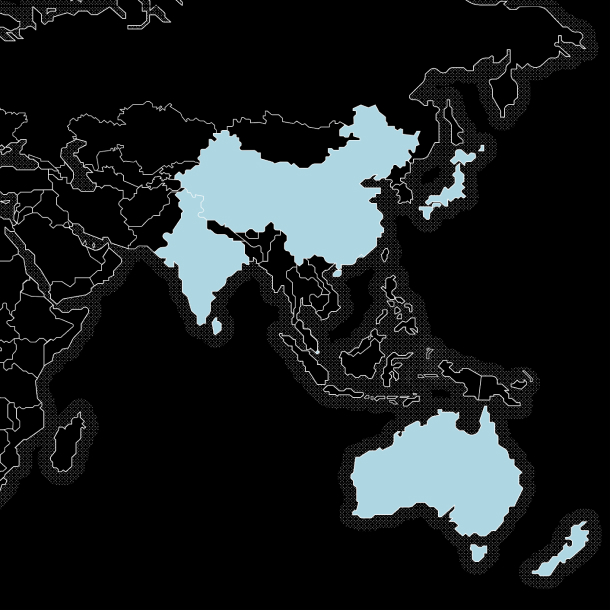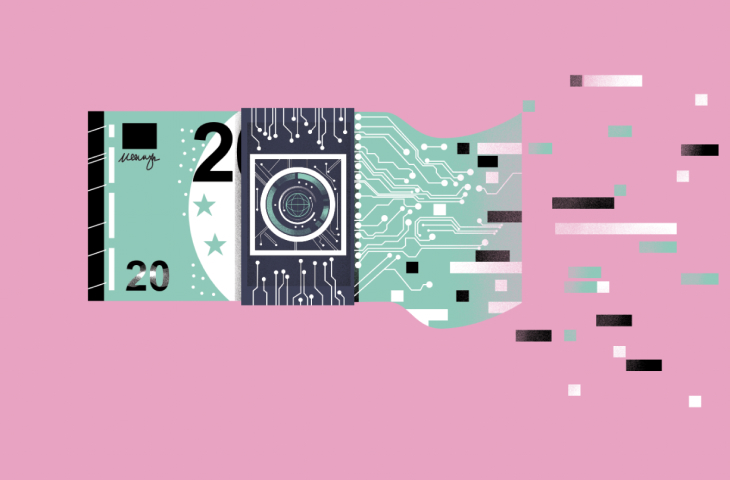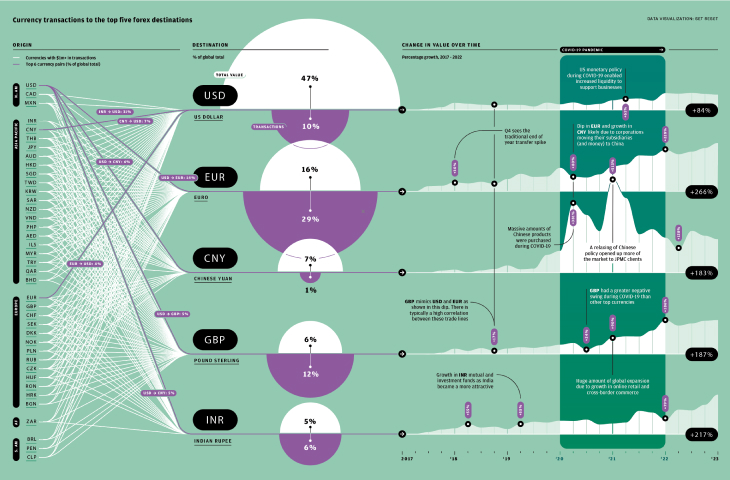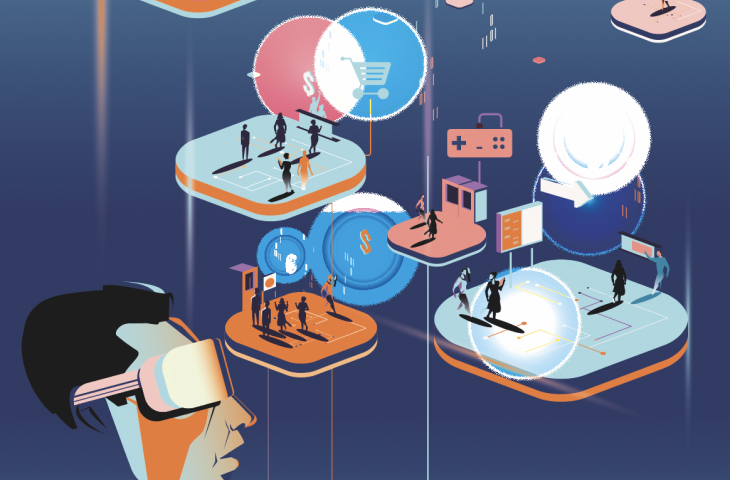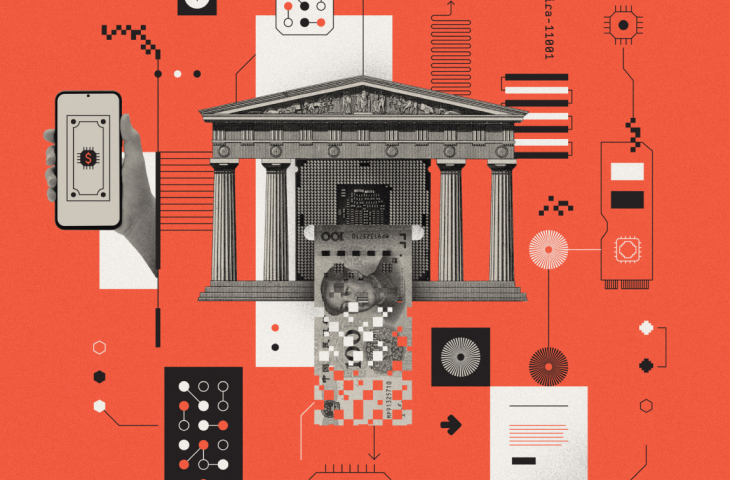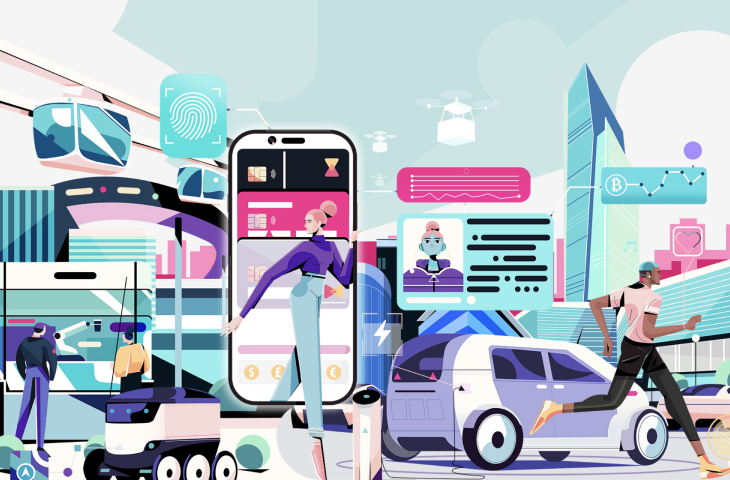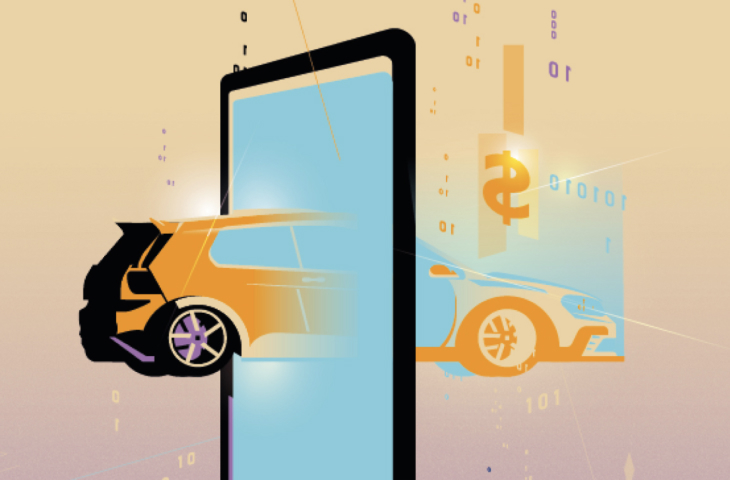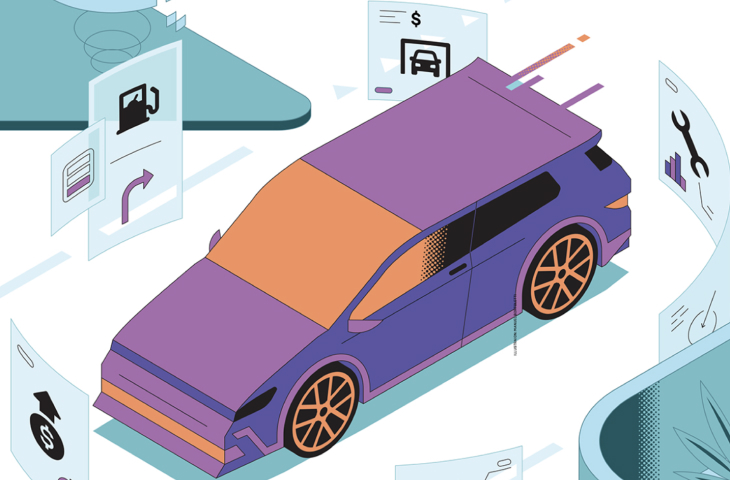
EVs will disrupt the grid—
but they may also save it
It will depend on whether we can rethink how we use electricity, and payments innovations can help
Wired OP-ED
Electric vehicles (EVs) could soon hit a tipping point. Improvements in batteries and charging infrastructure, alongside national policies enforcing adoption, mean that gas-powered cars may soon look old-fashioned. According to research by the International Energy Agency, EVs will make up 60 percent of new vehicles sold globally by 2030.
That’s good news for the environment, but bad news for a power grid that is already groaning under strain. Solving the problem will involve rethinking how we use electricity—and the payments sector could have a role to play.
To understand why EVs are such a challenge for the power grid, consider how the wider picture of electricity production is changing. The carbon cost of using fossil fuels such as coal and gas make switching to renewable energy sources essential in tackling climate change. The problem is that they are intermittent. When the sun doesn’t shine, or the wind doesn’t blow, they don’t generate power. With current technology, it’s a situation that necessitates keeping back-up power plants, burning reliable but dirty hydrocarbon fuel, poised to step in.
Owning an electric vehicle increases the average household’s electricity consumption by approximately 70 percent, according to energy supplier Ovo Energy. If everyone with an EV charged at peak time, the strain on the grid would be enormous. Clearly, that problem is exacerbated if power generation is unpredictable.
That’s where emerging “smart charging” approaches can help. Tariffs that change dynamically—billing less for power when there’s a surplus, and charging more when there’s a shortage—can incentivize EV owners to replenish their batteries at optimal times. That’s not only about matching supply to demand,but encouraging staggered charging to avoid spikes in usage.
For this to be effective, it’s likely that appliances such as electric vehicles will have to be able to autonomously make decisions about when to charge and by how much. The reluctance of households to switch energy suppliers to take advantage of clear savings shows how intractable consumer inertia can prove to be.
But the most transformative aspect of smart charging is how it could give EVs a new role in the grid itself. Their cumulative power storage capacity effectively represents a huge distributed battery. A typical EV battery could meet an average household’s electricity needs for around four days, says Ovo. Bi-directional charging, which the company is trialing, could allow EV owners to sell their vehicle’s power back to the grid when necessary in order to bolster supply. This could play a key role in a wider “smart energy” future that also embraces technology such as in-home batteries and domestic solar panels to create a grid that’s more efficient and resilient.
If vehicle-to-grid technology becomes widely available, it would provide a new opportunity for payments providers. The act of selling back to the grid could simply involve an energy supplier crediting a customer’s bill by the commensurate amount. But making it feel more like income—like the consumer has “made a sale”—could nudge more people to participate in these programs. This could just entail facilitating cash payments to customer bank accounts. But a more complex idea being explored by the financial services industry is how digital wallets could be used to gamify the experience and build it into a loyalty program. If users accumulated credits whenever they sold power, for example, these could either be converted into cash or spent directly with their energy supplier or a third party in return for discounts.
Right now, these projects are at an embryonic stage. But with net zero commitments high on the geopolitical agenda, it’s a future that may arrive faster than we think.
BY WIRED
SOURCES AS PER WIRED, AUG 2023
ILLUSTRATION: MICHELLE THOMPSON

